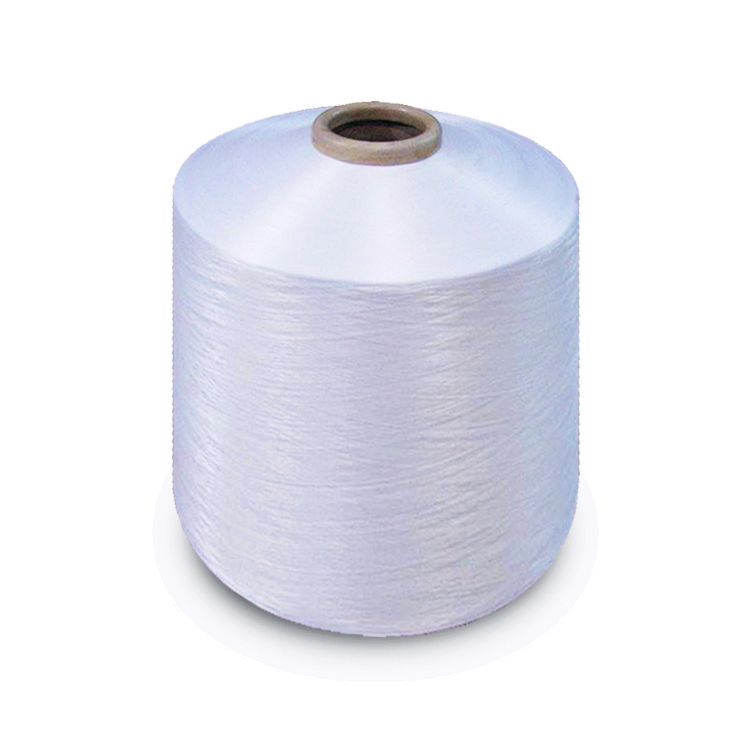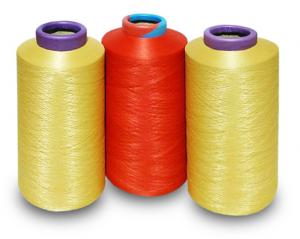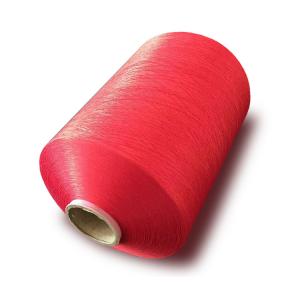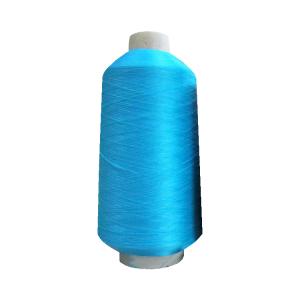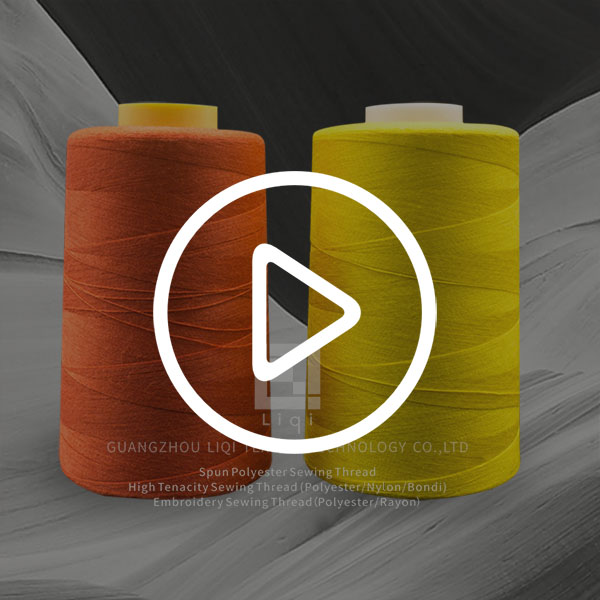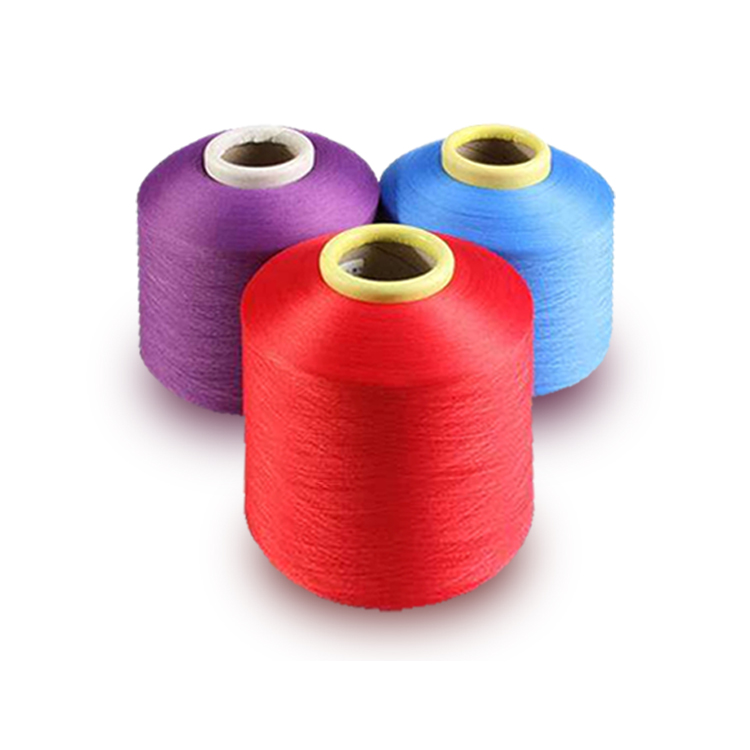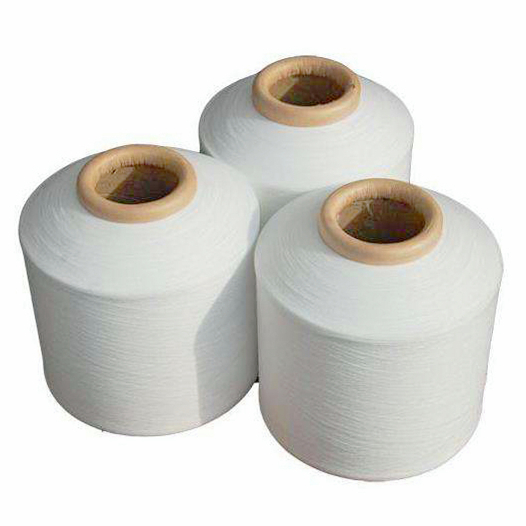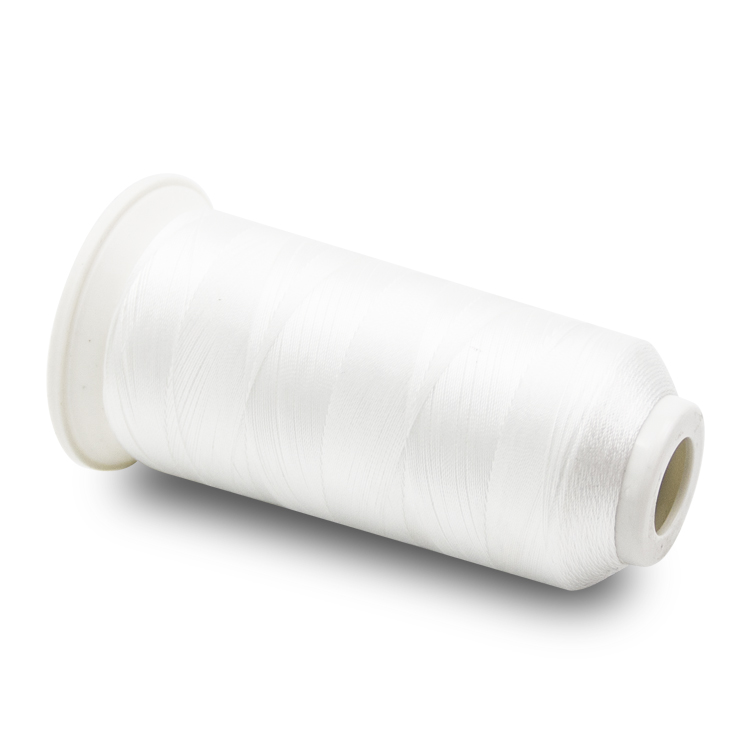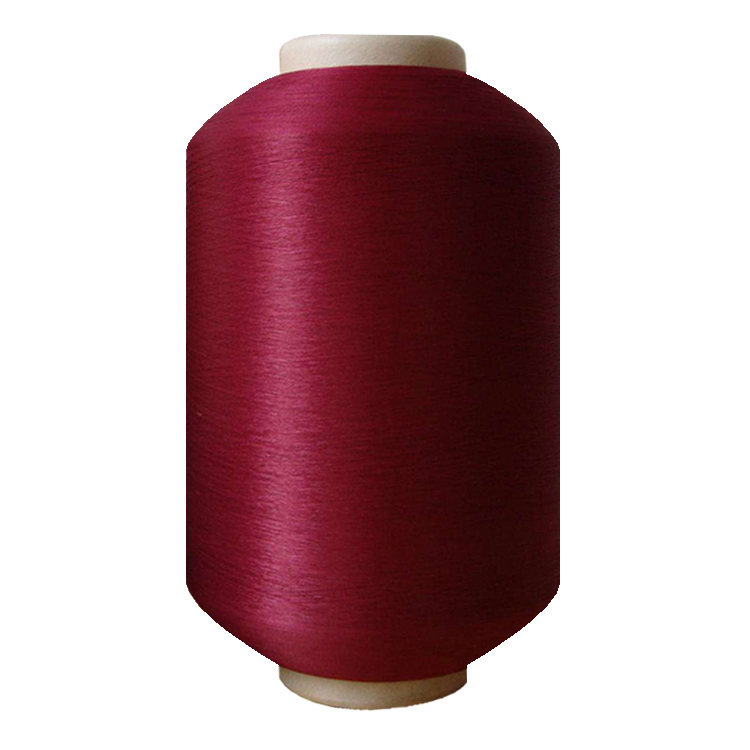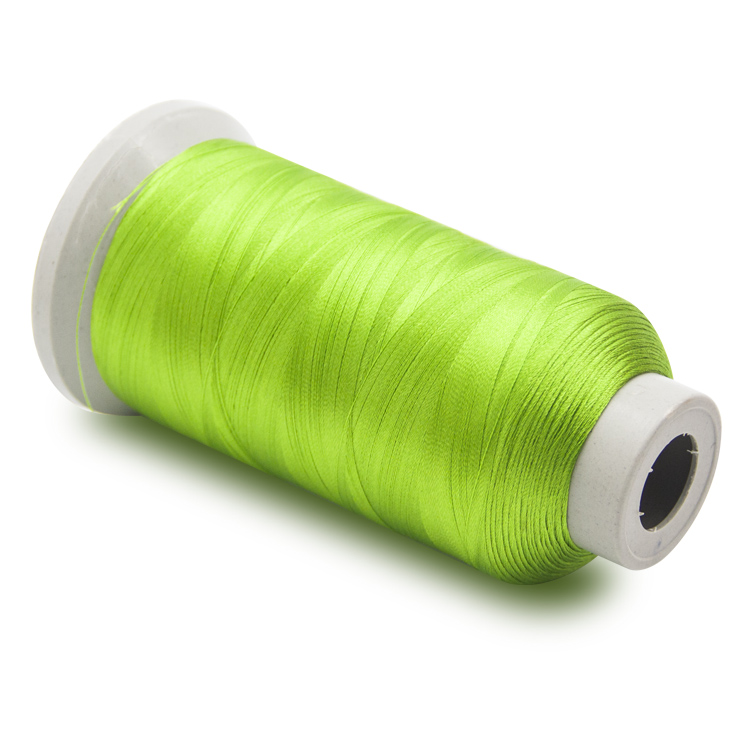Share to:
Related Products
Polyester Textured Yarn DTY for Textile Machine
LQ-16A1
Price: From $2.89
Delivery time: 9-20 days after payment
MOQ: 500 KG
In the production of pet DTY, there are a lot of stiff yarns sometimes, and it is difficult to take various measures to solve them effectively. This kind of DTY fabric with a lot of stiff silk has obvious color spot, hemp sense and jacquard style after dyeing. It is a good choice to produce this kind of filament with different style by controlling its law artificially. Slub silk is this kind of filament with a lot of stiff silk.
| Material | 100% Polyester Textured DTY Yarn | Strength | Excellent |
| Style | textured yarn | Model Number | 50D-1200D |
| Technics | filament | Pattern | Dyed |
| Yarn Type | DTY, FDY, Filament, POY, Texturized | Type | HIM, SIM, NIM |
| Feature | Anti-Bacteria, Anti-Pilling, Eco-Friendly, High Tenacity, Moisture-Absorbent | Luster | Bright and Semi Dull and Full Dull |
| Use | Embroidery, Hand Knitting, Knitting, Sewing, Weaving | Usages | Curtain, carpet, blanket, car seats, bags, fabrics and so on |
| Twist | S/Z | Quality | AA+A grade |
| Evenness | Great | Color | dope dyed |
| Yarn Count | 36-576F | Certification | ISO9001 |
| More specifications can be customized | |||
Formation and utilization of pet DTY stiff yarn
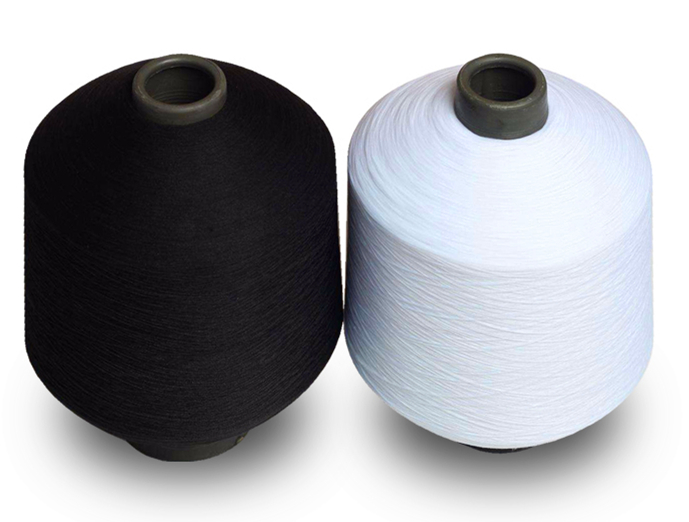
1 test production raw materials, equipment and process
POY physical indexes are as follows: Specification 171.7dtex/48f, size unevenness 0.45, strength 2.34cn/dtex, strength unevenness 2.89, elongation 118.1, unevenness 3.65, evenness 0.86, evenness 0.18. The equipment is ftf-8e3 ammunition dispenser of French ICBT company. The technological process is as follows: POY → first roller → twister stop → deformation hot box → cooling plate → false twister → second roller → setting hot box → network nozzle → third roller → sensor → oil roller → DTY
2 types of rigid silk
(1) the tow of long segment deformed silk (i.e. long segment stiff silk) is lack of crimp elasticity and fluffy, stiff and shiny, like the original silk;
(2) due to the overlapping twist formed during twisting, it is not obvious when the thread is in the tension state, but in the relaxation state, it is twisted into a fork like protrusion and feels hard;
(3) the nodes are formed by melting and bonding between tightly twisted filaments. It is not easy to open them with certain external force or even pull off, and the handle is hard. Generally, there are not only a few places in the same package, often in the whole or half package;
(4) the untwisted thread (i.e. tight point) has tight twist details along the axial direction of the deformed thread. It is hard to feel and has poor fluffy tow. It can be pulled apart with a certain external force. The tight point makes the surface of the fabric unclear and colored when dyeing.

3 impact of operation and Silk Road
The qualified DTY can only be produced through various rollers, wire guides, hot boxes, cooling plates, false twisters, etc. when POY is textured, if there is a mistake in a certain link (the wrong Silk Road), it will lead to the abnormal quality of DTY. When the wire deviates from the inlet groove of the first hot box, the heating of the wire is obviously insufficient, the tension fluctuates greatly, and a long section of stiff wire appears. When the wire jumps out of the cooling plate, the cooling of the wire is insufficient, the system is unstable, the tension fluctuates greatly, and there are many stiff wires. When POY is added, if tail wire connection operation is adopted, the "node" not only changes the linear density, but also causes uneven heating and instantaneous fluctuation of tension of the filament, resulting in stiff growth segments. 4 production of slub silk with rigid silk
Low drawing ratio, high deformation temperature (close to the softening point of PET) and small false twist tension will result in periodic stiffening. The periodic stiff silk can be used to produce slub silk. Because the quality index of bamboo section silk in Table 3 of deformation temperature is close to softening temperature, the plasticity of macromolecule is very strong, and the internal stress is large, so it is necessary to increase the setting temperature to supplement the heat setting of silk strip, eliminate the internal stress, make the structure of bamboo section silk tend to be stable, and improve the winding performance of silk cake. Generally, the setting temperature can be controlled at 190-220 ℃, and the process parameters for producing slub silk are shown in Table 3.
4 Summary
The fluctuation of false twist tension will lead to stiff silk, such as unreasonable process setting, poor quality of POY and its oil agent, uneven oiling, floating silk, dirty, damaged, misaligned and tail connected silk. Adjusting the technology can make the stiff silk appear periodically and produce the unique style of slub silk.

